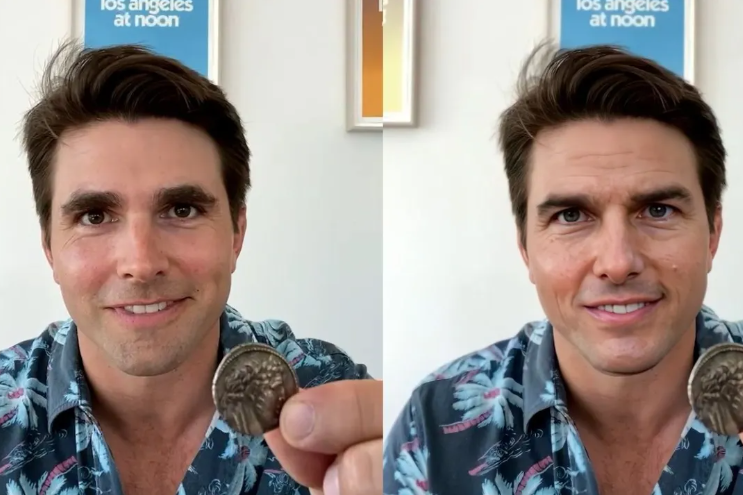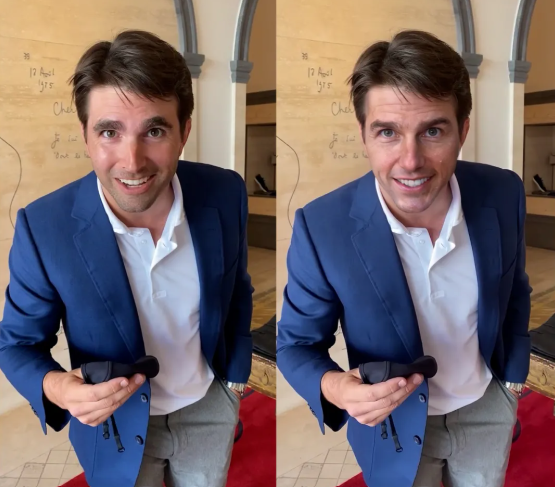When a series of spookily convincing Tom Cruise deepfakes went viral on TikTok, some suggested it was a chilling sign of things to come — harbinger of an era where AI will let anyone make fake videos of anyone else. The video’s creator, though, Belgium VFX specialist Chris Ume, says this is far from the case. Speaking to The Verge about his viral clips, Ume stresses the amount of time and effort that went into making each deepfake, as well as the importance of working with a top-flight Tom Cruise impersonator, Miles Fisher.
“You can’t do it by just pressing a button,” says Ume. “That’s important, that’s a message I want to tell people.” Each clip took weeks of work, he says, using the open-source DeepFaceLab algorithm as well as established video editing tools. “By combining traditional CGI and VFX with deepfakes, it makes it better. I make sure you don’t see any of the glitches.”

Ume has been working with deepfakes for years, including creating the effects for the “Sassy Justice” series made by South Park’s Trey Parker and Matt Stone. He started working on Cruise when he saw a video by Fisher announcing a fictitious run for president by the Hollywood star. The pair then worked together on a follow-up and decided to put a series of “harmless” clips up on TikTok. Their account, @deeptomcruise, quickly racked up tens of thousands of followers and likes. Ume pulled the videos briefly but then restored them.
“It’s fulfilled its purpose,” he says of the account. “We had fun. I created awareness. I showed my skills. We made people smile. And that’s it, the project is done.” A spokesperson from TikTok told The Verge that the account was well within its rules for parody uses of deepfakes, and Ume notes that Cruise — the real Tom Cruise — has since made his own official account, perhaps as a result of seeing his AI doppelgänger go viral.

Deepfake technology has been developing for years now, and there’s no doubt that the results are getting more realistic and easier to make. Although there has been much speculation about the potential harm such technology could cause in politics, so far these effects have been relatively nonexistent. Where the technology is definitely causing damage is in the creation of revenge porn or nonconsensual pornography of women. In those cases, the fake videos or images don’t have to be realistic to create tremendous damage. Simply threatening someone with the release of fake imagery, or creating rumors about the existence of such content, can be enough to ruin reputations and careers.
The Tom Cruise fakes, though, show a much more beneficial use of the technology: as another part of the CGI toolkit. Ume says there are so many uses for deepfakes, from dubbing actors in film and TV, to restoring old footage, to animating CGI characters. What he stresses, though, is the incompleteness of the technology operating by itself.
